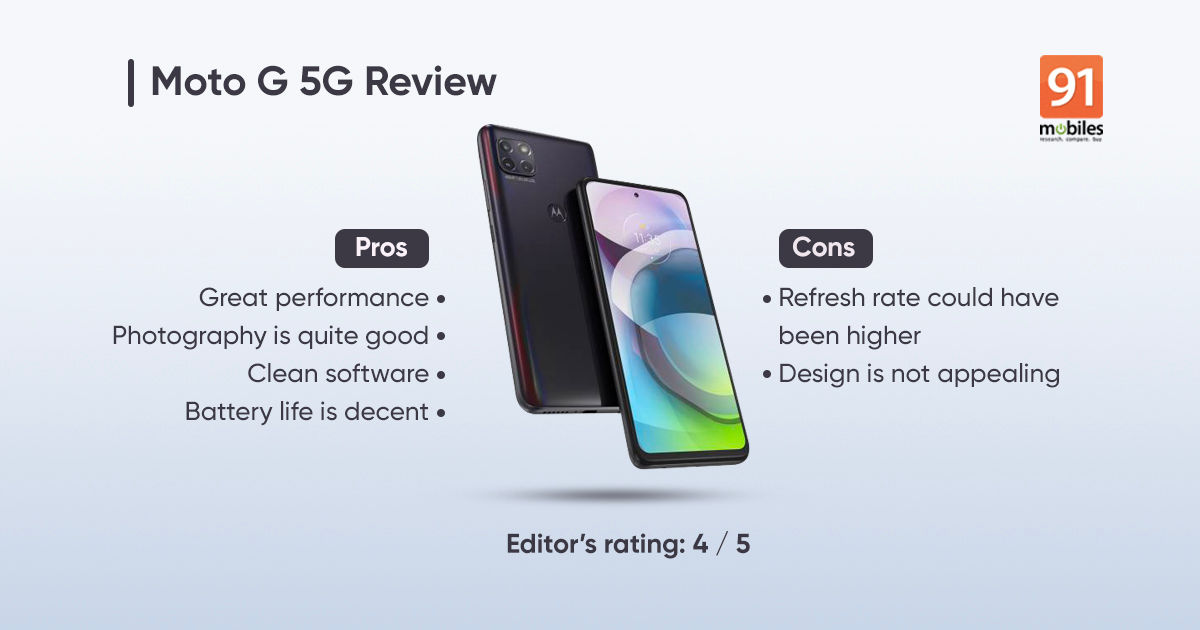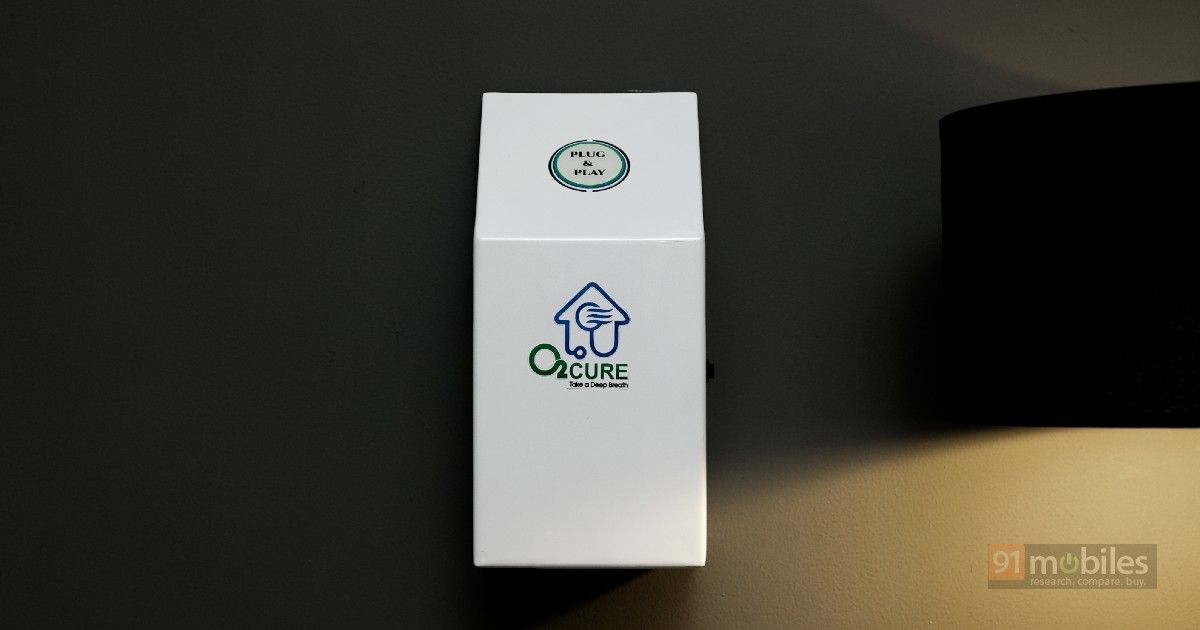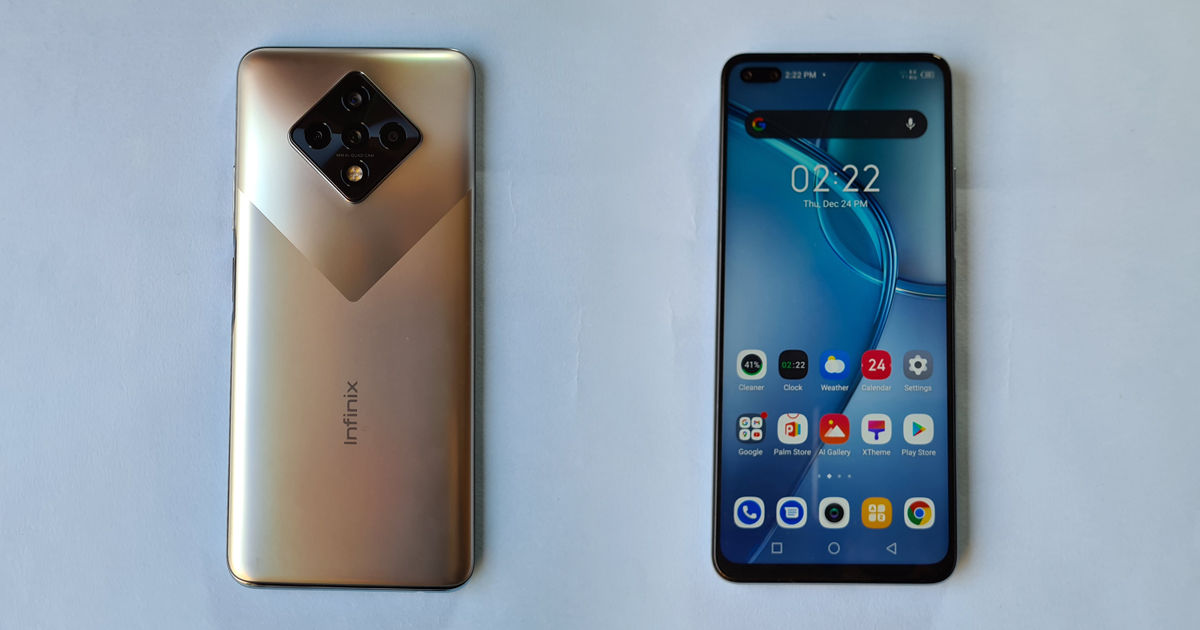OnePlus Nord CE 5G review: a decent phone that falls short

Over the last years or so, it seems OnePlus is trying to win back some of its more budget-oriented customer base, just as its top-tier devices have been inching closer to the super-premium flagship territory. With the debut of its Nord series last year, OnePlus’ ambition of making a mark in the mid-range sector again came closer to fruition. The company has recently announced the second device in the Nord lineup, a phone which is priced even more affordably than the first one. OnePlus Nord CE (where CE stands for Core Edition) has been priced 22,999 onwards, and comes powered by the Snapdragon 750G chipset. It is the first OnePlus device to harbour a 64MP primary camera. However, on paper, the specs of the device are not really new to the mid-range market. Let’s take a close look to see if the OnePlus Nord CE is a worthwhile investment.
Verdict
OnePlus Nord CE tries to make a mark as a more affordable version of the original Nord and succeeds too. However, strong competition in the Rs 20,000 – Rs 25,000 segment puts doubts on the Nord CE’s cost-to-benefit ratio. The camera capability and performance aren’t really amazing, casting a bit of a shadow on this otherwise sound device.
Design and display
Comparing the CE to the original OnePlus Nord, I very much like the design elements used on the new phone. The Teal variant has a matte finish to it, lending it a more premium feel as compared to the glossy plastic employed by the previous Nord. The device is quite light and the narrow form factor amplifies the usability with just one hand. Instead of a quad-camera layout, the vertical setup on the Nord CE has only three lenses while the small OnePlus logo sits at the centre, giving the back a rather clean and minimalist look. I was quite happy to see the return of the headphone jack on the OnePlus Nord CE, which should appease audio purists. What might not sit well is the absence of the signature OnePlus alert slider from the Nord CE. The alert slider is one of the features that made OnePlus phones unique in the Android world, and is greatly appreciated by the brand’s fan base. The tactility of the power and volume rocker buttons remains unchanged as does the placement of the single bottom-firing speaker and USB-C port.
The display on the Nord CE also remains largely unchanged from the previous iteration. You get a 6.43-inch Fluid AMOLED panel that has FHD+ resolution and 90Hz refresh rate. The punch-hole cutout for the selfie shooter has been placed on the top left in an unobtrusive fashion, unlike the original Nord which had dual selfie cameras. You do get a small chin at the bottom but otherwise, the display occupies almost all of the phone’s front. Like all recent OnePlus phones, the 90Hz panel works like a charm with negligible frame stutter, and users coming from a 60Hz display would be pleased as well. OnePlus has been known for offering capable displays on its smartphones and the Nord CE is no different. With a bevvy of customisability options at your disposal matched with excellent contrast ratios, wide viewing angles and deep blacks courtesy of the AMOLED tech, the OnePlus Nord CE will not disappoint in terms of display quality. The only thing bugging me is the lack of HDR10+ support when significantly cheaper phones like the Redmi Note 10 Pro have included it as part of their viewing experience. Brightness levels on the phone are decent enough for bright outdoors but I do feel that the luminosity could have been improved.
Cameras
As I had mentioned above, this is OnePlus’ first phone with a 64MP camera in the Indian market. In my book, the number of megapixels in a photo doesn’t qualify it as better. Sure it allows you to crop further into the shot but the finer details such as colour accuracy, exposure, dynamic range, focus and more depend on the sensors, optics, and other things. Photography is an area where the Nord CE doesn’t really shine, unfortunately. The phone’s triple-camera setup consists of an 8MP ultra-wide and 2MP depth sensor as well. I have summarised the phones camera performance below.
- Daylight photography is quite decent, as can be expected from a smartphone costing above Rs 20,000. Dynamic range is decent even for an overcast day with the light grey-ish tones being drawn out in the sky. Colours are slightly oversaturated in close-up shots but wide landscapes usually retain a natural look.
- The detailing seems to be fine with the pixel-binned 16MP shots and is marginally improved when one switches to the high-resolution 64MP shots. Focusing speeds are good but the image processing time after clicking a photo and viewing it is slightly longer than I would’ve liked. As for the ultra-wide shooter, you get some amount of warping around the edges and the focus is soft, but overall I did appreciate the picture quality. The depth sensor does an acceptable job of background separation with a soft blur that doesn’t completely mask the details behind the subject.
- As far as low-light photography is concerned, the details generally appear a bit washed out unless external lighting from street lamps isn’t drowning the landscape. Focusing speeds are fine but the sensor introduces a lot of noise in the shots, and exposure handling is average at best. The Night mode introduces a lot of unnecessary exposure and a greenish tint to shots, affecting the colour accuracy in the process. The ultra-wide lens only shoots halfway decent shots only with ample lighting around. I do hope that these problems get resolved with some software updates.
- On the front is a 16MP selfie shooter which does a good job of capturing facial details like my beard but not so much with the skin tones. Its capabilities in low light falter somewhat but it has a pretty powerful screen flash for capturing details at night. The portrait mode works well with edge detection with some falterings around my hair.
Performance and software
OnePlus has decided to go with the Qualcomm Snapdragon 750G chipset to power the phone, a chipset used by quite a few phones in this price point. The SoC is quite capable, though calling it a processing powerhouse might be a bit of a stretch. The Nord CE gets most usual medium to heavy-duty tasks done with relative ease. You won’t see any lag while app switching or scrolling through your Instagram and Facebook feeds. However, it can be argued that similar performance can also be achieved by Snapdragon 732G-powered devices that cost significantly less. On Geekbench, the OnePlus Nord CE gets a single-core and multi-core score of 639 and 1,876. The same test on a Redmi Note 10 Pro, harbouring the 732G and priced nearly Rs 6,000 lower, got scores of 564 and 1,725. What I’m saying is that the performance-to-cost aspect that OnePlus phones rely on so heavily, isn’t so apparent in the case of the Nord CE. If you are looking to play graphics-intensive titles then the newly launched iQOO Z3 (review) with the Snapdragon 768G or the POCO X3 Pro (review) utilising the Snapdragon 860 are both powerful devices priced lower than the Nord CE.
In almost all other aspects, the Nord CE brings in a lot of elements from its flagship brethren. The in-display fingerprint scanner and face authentication is extremely fast. Up to 12GB of RAM and 256GB of internal storage make it easy to keep several applications running in the background and storing a lot of data. The phone happens to be 5G-ready which is steadily becoming the new norm in mid-range. 4G LTE works as well as I would’ve expected from the device while using the phone with Jio’s Noida network. The single bottom-firing speaker didn’t leave me impressed though. There’s a significant amount of crackling when the volume is cranked up to max and I feel that a stereo setup with the earpiece doubling up as a second speaker would have been much better. Thankfully the headphone jack has Hi-res audio support, which should be useful if you have compatible earphones.
The Nord CE runs OxygenOS 11.0.2, based on Android 11. While the UI has certainly lost some of its clean, simple and aesthetically pleasing charm over the last few iterations, there is still a lot to like about OxygenOS. It features deep integration of Google services within the UI, with the Google Feed appearing on the left of the homescreen, and Chrome set as the default browser. Customisation options include being able to make changes to the overall theme colours, icon packs and the always-on display. One thing that is pretty much guaranteed on new OnePlus devices is the frequency of software updates and security patches. OnePlus also has a pretty decent track record of offering the latest Android versions for a couple of years on all of its recent phones. The lack of bloatware is very nice to see as well on all OnePlus phones, as is the ease of use.
Battery
Packing in a 4,500mAh cell, the Nord CE does not have the most beefy-est of batteries, but it’s enough to get the job done. One day usage is guaranteed on the phone and some of this can be attributed to the power efficiency provided by the 7nm manufacturing process of the SoC. My daily usage didn’t involve a lot of heavy gaming apart from the time I was testing the phone’s graphical capabilities. Most of the time was spent browsing Facebook, reading news articles on Chrome, checking Reddit and occasionally surfing YouTube. The OnePlus Nord CE gave me a screen on time in the range of six to 7 hours which is decent for a battery this size. The 30W Warp Charge solution can juice up the device from 0-70 percent in 30 minutes while a full charge take an hour. There is no wireless charging present on the phone, which is par for the course for a phone in this segment.
Final Verdict
The choices for the mid-range segment have become more compelling since the time OnePlus released its first device back in 2013. Re-entering the market segment the brand abandoned has its consequences, one of which is that it has to rebuild its fanbase. While The Nord CE does excel in areas such as design, software and battery, its shortcomings in the camera department could be a potential deal-breaker. The processing power offering by OnePlus phones has been counted as one of its biggest strengths, but in the case of the Nord CE, it isn’t really a plus point. In this price segment, there are quite a few good options present such as the Redmi Note 10 Pro Max (review) which has arguably the best camera in the segment along with a higher refresh rate panel. If you want 5G capabilities, then the Realme X7 (review) can be a good option at a cheaper price. For all-out performance needs the POCO X3 Pro (review) or the recently-launched IQOO Z3 (review) are among your best choices. All said and done, I have no problem recommending the Nord CE to OnePlus loyalists who aren’t into heavy gaming.
Editor’s rating: 3.5 / 5
Pros
- Great display
- Premium design
- Nice software experience
Cons
- Cameras are not up to the mark
- No alert slider
- Speakers are quite tinny







